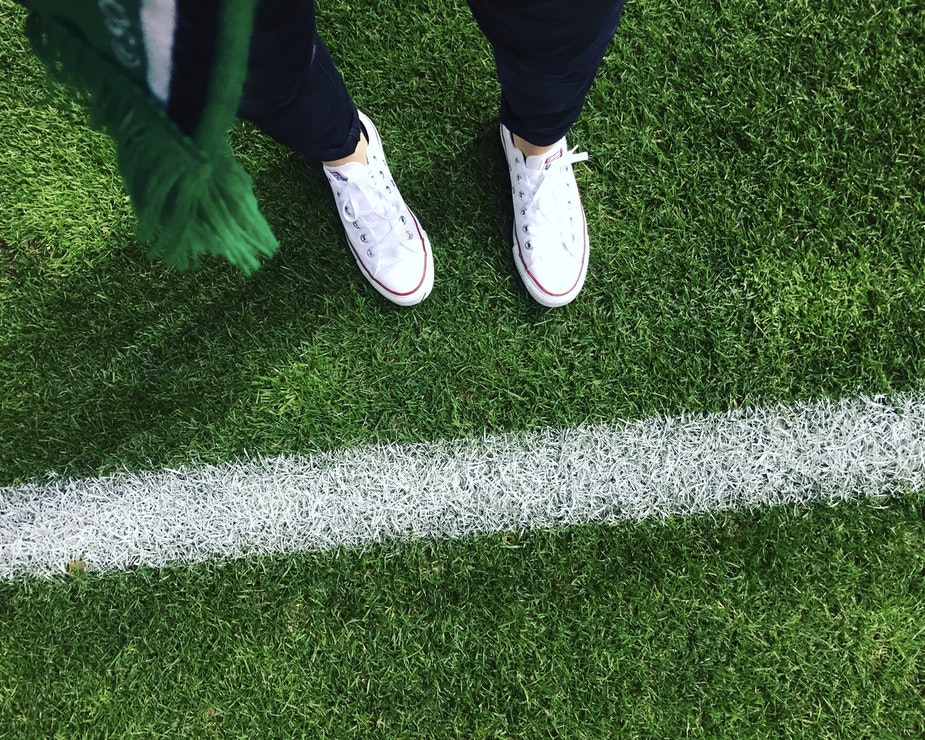
Don’t let the words “synthetic turf” scare you away. Long gone are the days of the bright green fake grass. The synthetic turf options available today are made of high-quality products that actually look like grass.
Artificial turf is generally more economical due to a reduction in the maintenance required. This will vary depending on the frequency in which the turf is used however, synthetic turf offers many advantages in both indoor and outdoor sports facilities as outlined below.
Types of Synthetic Turf
Selecting the right turf for your needs requires a few considerations that include level of use and area size to be covered. Below are some of the points that need to be reviewed before making a decision.
- Determine what types of activities will be carried out on the turf
- How much and what type of traffic does the turf need to support
- Will it be installed indoors or outdoors
Indoor Turf: The indoor synthetic turf options are designed in the form of tiles for easy installation. Sizes of these tiles typically range from 5 x 3 to 7 x 10 feet.
Sports Field Turf: The sports field turf comes in a variety of shades, thicknesses, blade lengths and shapes, all of which resemble natural grass. Choosing an infill conducive suitable for your climate will play a role in how much maintenance is required and also how outdoor temperatures will affect the synthetic turf.
Purpose of Playing Field: Many of the turf options are available prefabricated meaning that the product can come pre-numbered and lined for specific sports field uses.
Fiber Density: This is based on the durability of the field based on the type and amount of traffic that it will be exposed to.
Synthetic Turf Changes the Playing Field
The uniformity of surface or terrain that is provided with synthetic turf makes it safer for players, by alleviating the risk of slippery spots on standard indoor floors or rocks and holes on exterior playing surfaces. Also, the consistency allows better fluidity and aim for rolling balls, etc.
Whether synthetic turf is used in your indoor or outdoor facility, it is not a completely worry-free solution. However, compared to the typical yard maintenance of a playing field, that of the artificial turf is much less.
Answers to FAQs on Artificial Turf:
- The turf does require maintenance such as being vacuumed or brushed to remove debris that will collect.
- Professional services are available to maintain and repair artificial turf
- Varying weather conditions do not affect synthetic turf as much as natural grass, which equates to more hours of use.
- No recovery time necessary with artificial turf. Most natural grass fields can endure a maximum of 100 event hours, whereas the synthetic turf can withstand more than 400 hours.
- Quality turf can last up to 20 years.
- The underlayment of both indoor and outdoor synthetic turf provides shock absorption, which helps to reduce injury to players.
- While the rubber floors in gyms are great for preventing injury, the spongy surface can hinder speed and agility, whereas the turf surface enhances performance and better traction.
Synthetic turf provides multifunctional uses, durability, an aesthetic appeal and more hours of use in between maintenance.
.png)
